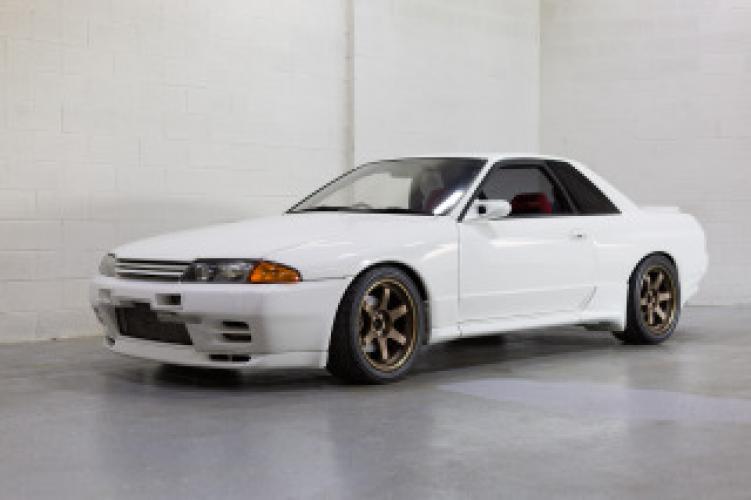April 26, 2023
Here’s why the R32 and R33 Nissan Skyline GTR’s are Undisputed Future Classics

We are at the forefront of one of the biggest shifts in car culture since the 90’s and early 2000’s. In fact, it is the lasting influence of these decades that is controlling the cars we drive, modify, and restore today. The classic “bubble era” JDM tuner cars that were made popular by the Fast and Furious movies, Import Tuner magazine, and the Need For Speed series of video games are now becoming affordable (and drivable) options for people who grew up around this nitrous and underglow fueled pop culture. While cars like the Mazda RX-7, Toyota Supra, and Nissan 300ZX earned their respective places amongst the ranks of the greatest performance cars of all time, one car stands alone as the quintessential JDM trophy car. The Nissan Skyline GTR.

Americans have had the privilege of being able to legally import the R32 Skyline GTR for about 5 years now, a vehicle that, despite being decades old, still holds the ability to decimate modern tuner cars on both the street and track. However, the R32 is in a sort of transitional phase right now. Enthusiasts are opting to store these vehicles away, retiring them from their roles as street cars and instead holding on to them in hopes that values will skyrocket within the decade. This leaves room for the entrance of a newer, better performing GTR. Enter the R33.
Kaizen is a Japanese term which translates to “continuous improvement.” While the R32 GTR was a fantastic car, it’s successor, the bulbous yet beautiful R33, was able to improve upon its nurburgring lap time by a massive 20 seconds. Here’s why. To start, The R33’s body was completely redesigned, with new aero lowering the stance of the vehicle, eliminating the R32’s issues with front lift and unpredictable handling around corners. While some enthusiasts may not be a fan of the smoother, more contoured body lines of the R33 Skyline, the improvements in handling can’t be ignored. The second major issue that Nissan’s engineers addressed was the R32’s weight and weight distribution. The R33 had many weight saving measures implemented to help even out the 60/40 weight distribution of the R32 GTR. Some of the major changes involved replacing the metal fuel tank with a plastic one, relocating the battery from the engine bay to the trunk, changing the headlight housings from glass to plastic, and removing excess materials from door panels, and interior trim. This left Nissan engineers more room to add weight with the addition of stronger reinforced chassis bracing to help further improve handling and create phenomenal track times.
While all of these improvements are certainly impressive, this doesn’t mean that the R32 should be forgotten. It is still a GTR in every essence of the word, with loads of power and handling potential that can be increased with quality aftermarket parts and tuning. Since these cars were at the top of their class during their day, most modified examples found in today’s market are equipped with equally as top-of-the-line parts. If you’re lucky enough to get your hands on one of these vehicles, don’t let the opportunity pass you by. R32 values are going to continue to soar and the legendary GTR performance will continue to intoxicate enthusiasts for years to come, and if you ever manage to find a stock example, hold on to it and store it away. One day, these cars will be priceless classics that exist as examples of a bygone era, and the introduction of race ready production vehicles.

Related Articles
Sorry, we couldn't find any posts. Please try a different search.
